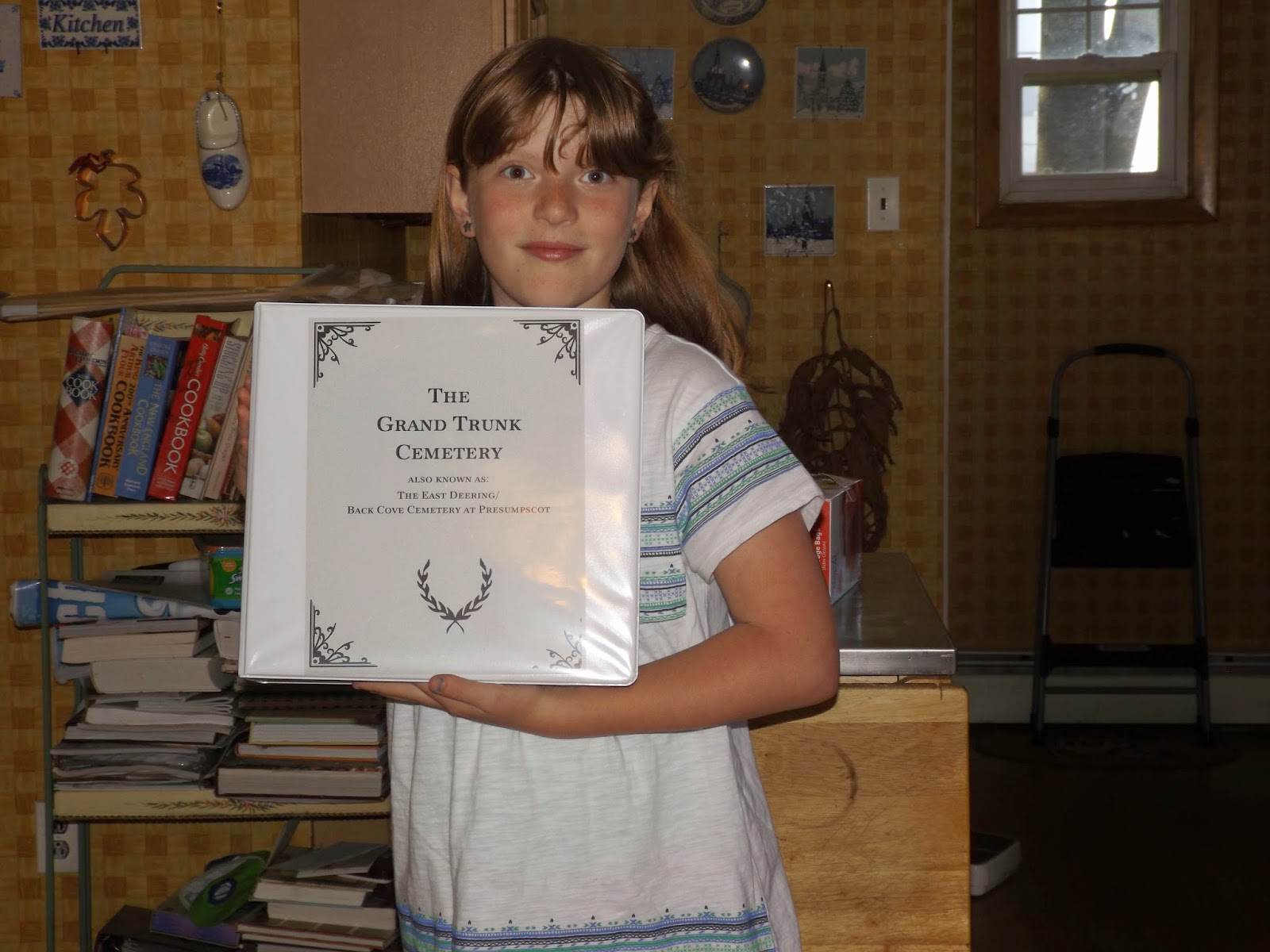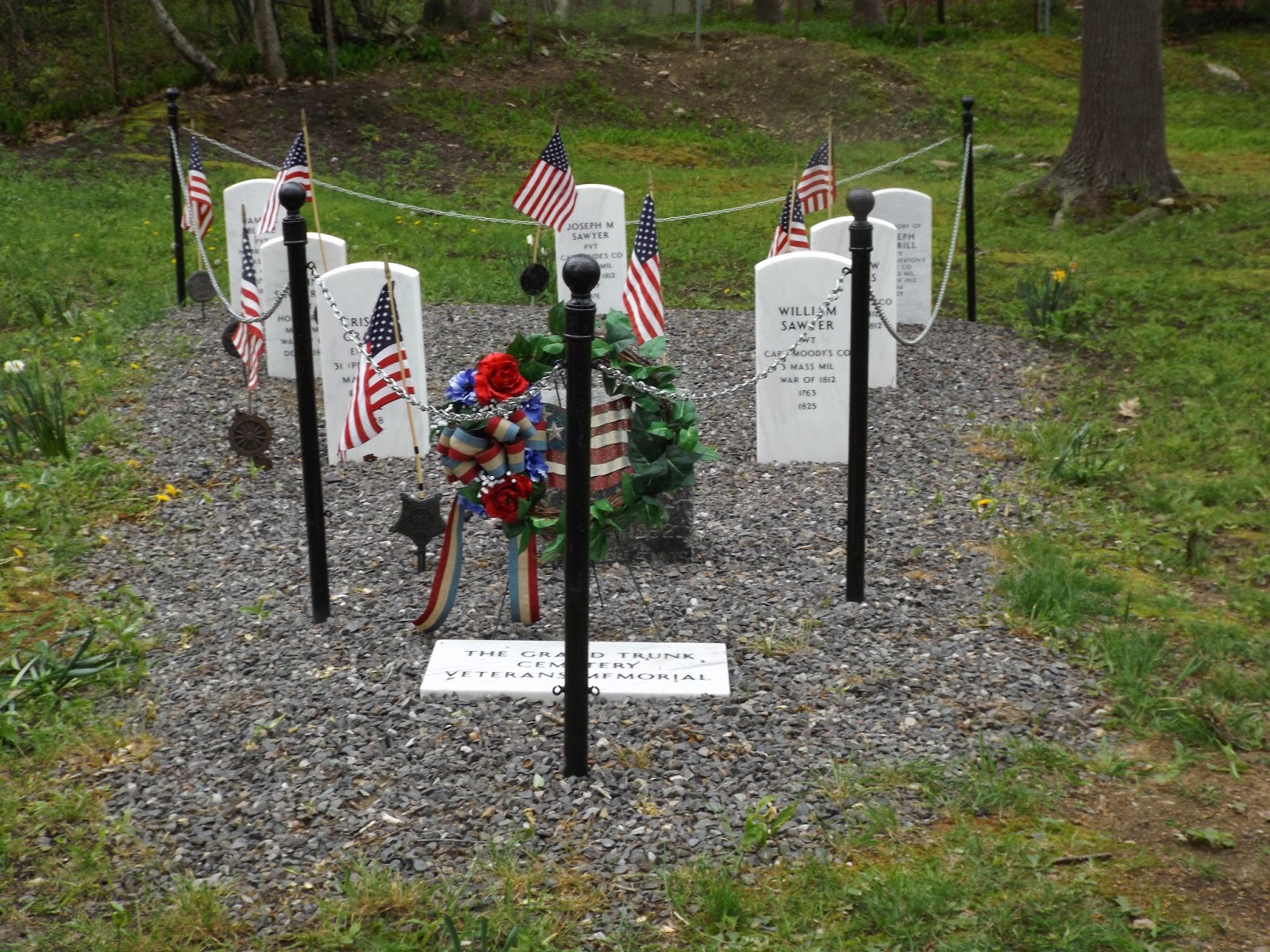 |
| James Moseley served in the 2nd Rhode Island Volunteer Infantry Regiment, Co. D |
Unfolding the mystery
Who was James Moseley, and how did he come to live and die in East Deering, Maine? Who was his mother, Ann(a) Moseley? What brought them here from Rhode Island?
James Moseley's death record, more complete than most I've read, gives a glimpse into his life and his family, and so we'll begin here.
James Moseley was born in 1836 to Anna Ambler and Thomas Moseley in Manayunk, Pennsylvania. His parents emigrated from England. His father, Thomas was employed in manufacturing. Manayunk, once part of Roxborough Township, Philadelphia County,and is situated near the Schuylkill River. The name comes from the language of the Lenape Indians (Delaware) and refers to the river; their word for "a place to drink". William Penn first purchased this land from the Lenape in 1686.
In the 18th and 19th century, many people emigrated from England, Scotland, Germany, Poland and Ireland. Apparently, the construction of the dam, canal and locks by the Schuylkill Navigation Company in 1818, brought about the construction of mills and factories. Perhaps, this is what brought the Moseley's to Pennsylvania?
Four children were born to Thomas and Ann: Thomas, Jr, born c. 1830, Albert, born c. 1834, James, born c. 1836, and Sarah Ann, born c. 1838. Sometime between 1838 and 1850, the family later moved to Providence, Rhode Island, The following Census of 1850, seems to indicate that the senior Thomas Moseley died, although I have been unable to find any further information.
Shortly after this Census, it seems that, at least Ann and her daughter, moved to Maine. Ann Moseley, would only live a short while in the state, dying at the age of 57. Whether the young men remained behind, or moved back to Rhode Island after their mother's death, remains a mystery. However, we do know that both James and his brother, Albert would later enlist in the Rhode Island Volunteers during the ensuing Civil War.
What brought Ann Moseley to East Deering? Did she have relatives? The answer came through her daughter, Sarah Ann, who I discovered, married into the Blake family in 1857, a year after her mother's death. Ann Moseley was interred in the middle section of the East Deering/Grand Trunk Cemetery, according to the old burial site map; only a remnant of, what I assume is her stone, remains.
Sarah Ann Moseley Blake would go on to live a long life with her husband, John H. Blake. She appears along with her husband in the Census of 1900. I have no further information about her oldest brother Thomas Moseley, Jr.
The Civil War and James Moseley
In May of 1861, it became apparent to the War Department that 90 day volunteers would not be sufficient to deal with the increasing crisis. President Lincoln called for 3 year enlistments of federal troops. Governor William Sprague of Rhode Island issued an order on May 30 to form the first regiment for three year duty in compliance with the President's request. The 1st R. I. Detached Militia Regiment under the command of Col. Ambrose E. Burnside was already deployed to Washington, DC. Major John Slocum, serving with Burnside, was called back by Governor Sprague and promoted to the rank of Colonel with orders to form and command the 2nd Rhode Island Volunteer Infantry Regiment, the state's first 3 year unit.
"Slocum began organizing his new regiment at Camp Burnside on the Dexter Parade and Fair Grounds, located on the corner of Dexter and Cranston Streets in Providence(which today is the site a R.I. National Guard Armory built in 1900 by Elisha Dyer, Jr.) "
Taken from 2nd R.I. Volunteer Infantry, Co. D, Unit History:http://www.angelfire.com/ri2/GARvets/2ndRIhistory.html
It was in this unit that the Moseley brothers would valiantly serve from June 5, 1861 until June 17, 1864. What follows is a brief battle record of the 2nd RI Volunteers, and the service records for James and Albert Moseley.
 |
| 1st recruits to answer the call! |
 |
| Flags of the Regiment |
The following is taken from this wonderful website which is set to music from the Civil War and contains more information for those who wish to follow up with their own research.
James and Albert Moseley, among the first enlisted recruits, left the front on June 11, 1864 to be mustered out on June 17, 1864. The new recruits and those that had enlisted last remained on to fight the last battles of the war until 1865.
Here are photographs of the Farewell Address of Colonel Elisha Hunt Rhodes, and the monument to the 2nd Rhode Island Regiment at Gettysburg. You will note that there is a photograph taken at the monument of survivors of the 2nd.
After the War
What became of Albert Moseley? Did he remain in Rhode Island or did he move to Maine? I have no information. James Moseley ultimately moved to Maine, perhaps to be closer to his sister Sarah Ann and her family. He appears in the Census of 1870 where he lived with the Woodman family and was employed as an iron maker in a forge company. Apparently, he never married.
The United States City Directories, 1821 - 1989, shows James Moseley lived on Ocean Avenue, N, Presumpscot, East Deering, in Portland, Maine. He was employed as a 'Hammersman' at the Eastern Forge Company.
James Moseley worked here, until his death on December 10, 1892. He was 56 years and 5 months old.
James Moseley's monument stands in the Grand Trunk Veterans Memorial site to honor him for his service to his State of Rhode Island, and to the Nation, for his commitment and bravery during the Civil War.






















































